Is it me or is winter moving very quickly this year? I’m not sure if it’s because most holiday breaks lasted further into January than usual, or because of all of the inclement weather-related school cancellations in January - but I feel as if I blinked and February came around!
Now that we are past the immediate post-deferral stage with our seniors, and our juniors are all at various stages of their college essays with the Wow Writing Workshop, I can finally take a minute to digest all of the news from the early round! I thought it would be a great time to share some of the trends that I noticed, because this year was a real game-changer. Those of you who know me in person are probably rolling your eyes, because - yes - I said the same thing last year too. The truth is, though, every year just gets crazier and crazier. The landscape is constantly changing and students need to understand and adapt to the changes in order to maximize their chances of success.
In late December, I waited with baited breath as most of the early admission decisions came in. I have posted before about this on our facebook page, but it’s a really stressful experience. I’m not big into politics, but I can imagine that it’s a bit like working as a political campaign manager. No, I’m not the applicant, and the campaign manager isn’t the politician - but when you put your heart and soul into helping someone else achieve their goals over a very long period of time, it’s only natural to become emotionally invested in the outcome. Fortunately, I belong to a great online forum of other college admissions professionals with whom I can share perspectives, results, and experiences to learn about trends nationwide. Around decision time, posts run the gamut from commiseration to celebration to a whole lot of anxiety, but at least it is nice to be in good company. I noticed a particular comment by the Director of Enrollment Applications at the University of Miami, Jay Jacobs, that stuck out to me and essentially summed it all up. He generously agreed to let me share it publicly with my readers:
A lot of us are much more competitive due to increased applicant pools. We are now in the era where “last year” will never look and feel like “this year.” “This year” will look and feel different than “next year.”
Doesn’t this say it all? It’s hard to imagine that the changes are so extreme from year to year - but they are. I had never thought about it that way before - rather than the “before” and “after,” we’re really in a constant state of flux.
Here were some of the biggest trends I noticed:
#1: Early applications were up - WAY up. Boston College dealt with a whopping 56% increase in early applications between 2017-2018 and 2018-2019. Can you even wrap your head around that?
#2: Applications from underrepresented populations were also WAY up. This is not surprising given that underrepresented populations are being actively recruited to top schools. UVA explained that “the number of minority applicants increased by 24 percent, and the number of first-generation applicants increased by 18.6 percent. Included in the increase in minority applicants was a 32.5 percent rise in African-American applicants and a 21.9 percent bump in Hispanic applicants.” Brown described their overall application increase of 20% as “staggering” and followed up with the fact that applications from the Midwest had risen by 43% in the past year. Confused by the Midwest reference? You shouldn’t be - it’s sparse country.
#3: Schools are filling up enormous percentages of their classes through binding early decision spots. I won’t write about why they do this, because I’ll save that for another day - but I’ll explain why it’s relevant: the more students that a school admits early, the less students that the same school can admit regular. This turns into a situation where the “overall acceptance rates” that are typically posted on institution web sites are simply inaccurate. You must dig deep into the school’s Common Data Set - or use a chart like this one - to determine the acceptance rate that corresponds to a given application type.
For instance, the most recent data showed that Hamilton College filled up 53% of it’s class through early decision. This resulted in an enormous differential - their ED acceptance rate was 41% and their RD acceptance rate was 22%. You just can’t consider a school’s “overall acceptance rate” when you are dealing with two wildly separate processes.
Same thing with Cornell - they filled up 42% of their class early, and those students were admitted at a 26% acceptance rate. Their regular decision students, on the other hand, were admitted at an 11% rate. If you go by these schools’ published acceptance rates, or those written in guidebooks, you’ll get a third percentage entirely - one that is not accurate for early decision or regular decision. That’s pretty scary when you consider that a lot of families are using inaccurate information to guide their decision-making.
What do I think about these trends?
To be honest, I’m not sure that my personal feelings matter all that much. I understand why the colleges are making the decisions that they are making and I understand why the applicants are making the decisions that they are making - and it doesn’t matter whether we agree with them or don’t agree with them- the bottom line is that we need to accept them as our reality. I thought this article was a great one in terms of dealing with frustration and the messaging that we are sending our children. As Jay suggested, this is just going to become a more competitive process every year - we may as well accept what we cannot change and start strategizing accordingly.
